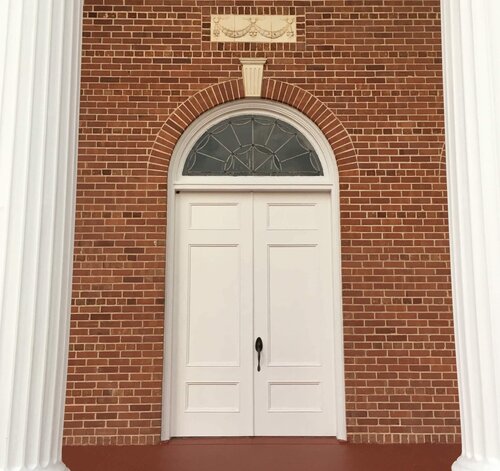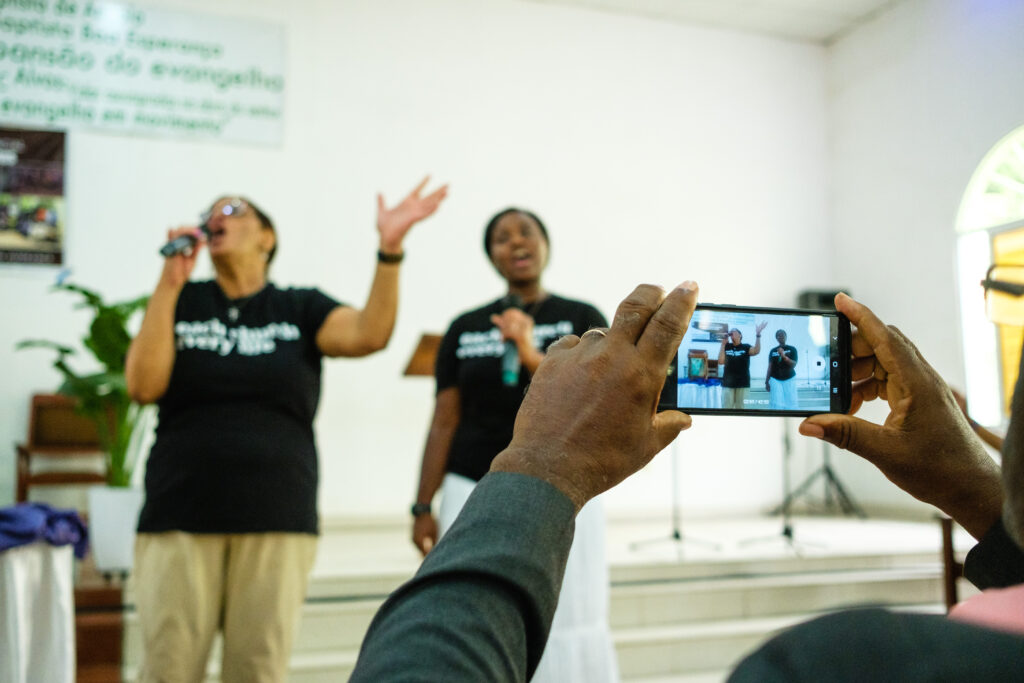11 Keys to Open Doors and Engage At-Risk Congregations
*UPDATED after two years of engaging churches!
As an AMS/DOM or member of an Associational Revitalization Team, you probably have a list of churches in your association that need to consider their options for the future. You’ve watched their numbers decline year after year when they turned in their ACP and now, they aren’t reporting anything. You hear the rumblings in the community from former members who left the church but are still talking to some of the remnant membership. You’ve watched a seemingly endless stream pastors come and go with very short tenures. How can you start a conversation with an autonomous church able to make their own decisions? How do you get past the controlling powers perpetuating the problems and cast vision to those who really want to accomplish God’s work in the community? The very things that we celebrate as Baptists can also be the biggest barrier to helping them – bylaws, organizational structures, lay leadership, etc.
Be patient and prayerful. God will open a door to restore hope to his people. He always has, but we must remain watchful for key opportunities to engage our at-risk churches. We have seen God use many of the following key opportunities to start the right conversation with our churches and shepherd them toward a hopeful future.
A congregation who’s current status is vulnerable to
imminent decline or closure is an “at-risk” congregation.
1. Pray for your churches
Trust God for future opportunities to serve churches. Ask for divine appointments. Mention leaders by name as you pray through Scriptures of repentance, hope, and restoration. Trust God to stir the heart of a deacon or church matriarch and lead them to your office seeking your help!
“The coming revival must begin with a great prayer revival. It is in the closet, with the door shut,
Andrew Murray
that the sound of abundant revival will be first heard. An increase in the secret prayer of
ministers and members will be the sure herald of blessing.”
2. Share stories of churches that have found hope
Most churches don’t know their options, so find creative ways to share stories online and in print. Celebrate what God is doing in your association or state through social media, newsletters, and websites.
I had a 78-year-old pastor call me after he saw a state missions offering video of a church just like his church and asked, “Do you think God could do that here?”
You can find stories churches taking steps of faith toward hopeful futures at https://www.hopeforchurches.org/blog or by contacting other practitioners in this work like the NAMB replant team or neighboring AMS peers.
3. Offer help when their pastor resigns.
In former days churches would call you requesting help to fill their pulpit, but now the whole world finds out about the vacancy on social media before any member contacts their DOM. When you learn of a pastoral resignation, take the initiative to contact influential leadership and start a conversation about their future. This is your best opportunity to prepare a congregation for their future leadership.
4. Schedule an Annual Church Profile (ACP) review with each church.
Every year you ask your churches to submit a valuable tool for assessment and coaching, the Annual Church Profile. Some DOMs have found it helpful to meet with church leadership annually to review their ACP (or the absence of their ACP). Use this annual event to engage and shepherd leaders toward hopeful futures.
5. Call the new interim interim/transitional pastor.
Filling the pulpit is of primary importance for most of our churches. When they install a new interim pastor, you now have a potential partner for engaging the congregation for a hopeful future. Take an interim to lunch and equip him to prepare the church for the right conversations about their future. As an internal voice, he can prepare church leaders and partner with you to complete this assessment process and take steps of faith toward reaching their community with the gospel again.
Some of our AMS partners have utilized the key of serving as the interim pastor to intentionally guide converstaions about a church’s future.
6. Make the most of their request for a ministry resource.
Some churches will seek help for ministry resources or to rent a block party trailer. Every request is an open door to a conversation about the church and its future. Ask questions about their health and vision, pray with members and leaders, and don’t be afraid to invite them to a longer conversation about their future.
7. Offer an engaging workshop or training opportunity.
Traditionally our local associations have offered training opportunities to our churches. We can utilize this strength to facilitate new conversations with deacons, pastors, and key leaders in our congregations. For every event, point your attendees toward a clearly defined next step toward a healthier future. Your SCBC team stands ready to partner with you to host a training event to help churches Advance.
- Serve in their community to form new connections
- Share the hope of the gospel yielding new creations
- Send disciples to serve and share as new co-workers
- Start new works to form new congregations
8. Encourage pastor to pastor coffee talk.
Utilize your revitalization team or retired pastors to invite pastors of at-risk churches to coffee and a guided conversation about the future of the church. Pastors or deacons can relate to their peers in unique ways that can build trust and unlock doors to future conversations. What if you provided gift cards to fund these coffee conversations?
9. Host an interim pastor training
Many of our retired pastors are continuing to serve in key roles as interim or transitional pastor. How can you train them to guide an at-risk congregation toward the right conversation? Train them to know the 3 pathways for at-risk churches and consultation process so they guide congregational leadership toward asking for your help. Share key resources for him to utilize that prepare the congregation for hopeful futures.
10. Be available for pulpit supply opportunities
When a congregation invites you to speak, why not utilize the invitation to share hope and cast vision for a hopeful future? Through illustrations, stories, and sermon applications, you can encourage members of at-risk congregations to take steps of faith toward hopeful futures. And while visiting with the church, speak to key leaders about their future and how you can help through a consultation.
11. Help develop a succession plan.
With an increase in retiring pastors, we are seeing a growing opportunity to leverage the departing pastor’s credibility to help prepare the church for a renewed mission. Invest time in pastor once they announce their retirement and challenge them to leave a legacy after he transitions. You may even gain a new member for your associational revitalization team!
These are 11 keys we have opened doors to engage at-risk churches with the right conversations about their future. I’d love to hear from you if you have found another key so we can share it with others seeking to serve our churches and help them find hopeful futures. You can send your ideas or strategies to hopeforchurches@scbaptist.org.
May the Lord open doors for you to engage declining churches in your association or area so that every life can be saturated and transformed by the hope of the gospel beginning in South Carolina.
Author: James Nugent, SC Baptist Convention. JamesNugent@scbaptist.org



